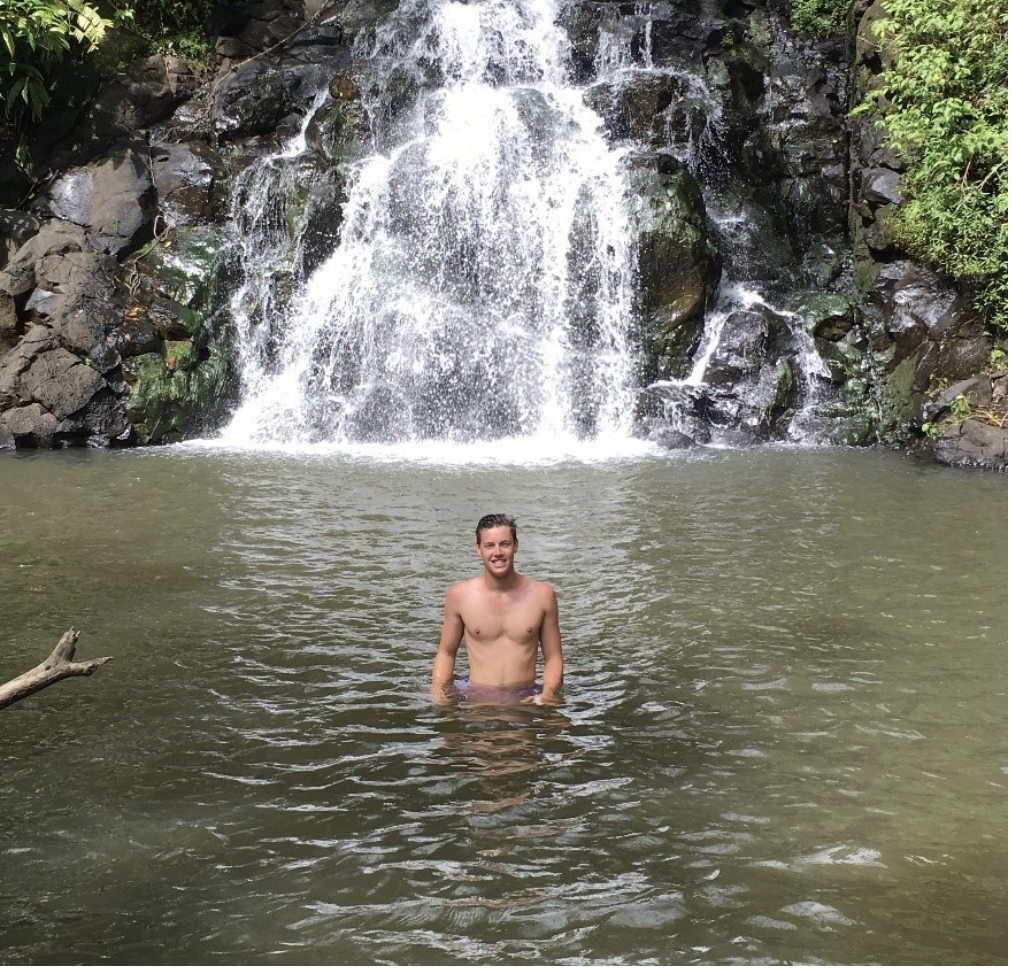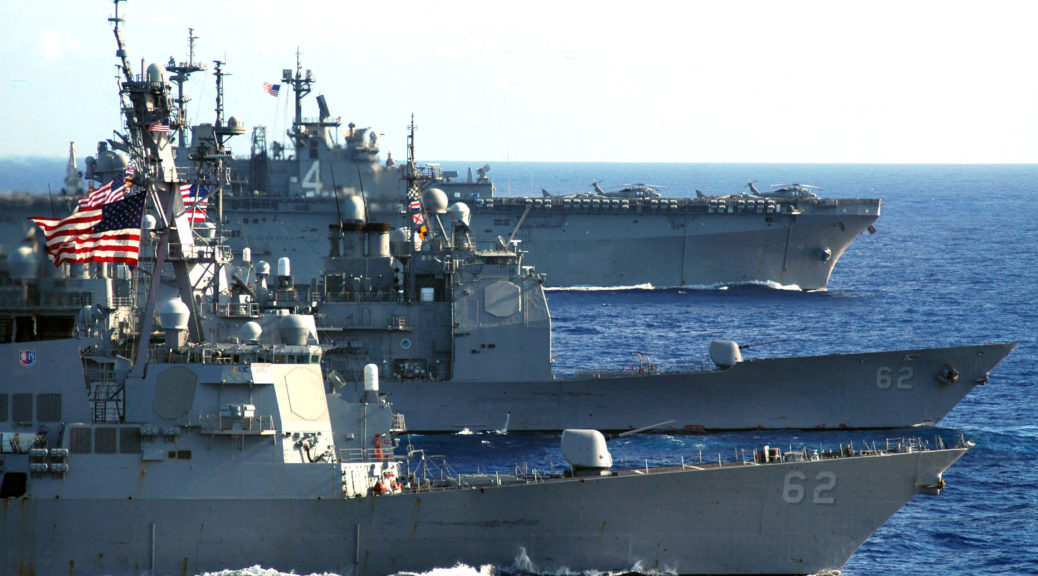By Greg Lennon
Edited by Natalie Grace Sipula
[4 minute read]
Each summer, members of the US Navy ROTC program are required to participate in summer training. The nature of this training depends on the class standing of the student, or “midshipman” as we’re ranked in the Navy. Last summer, I spent a month in San Diego with my peers learning the ins and outs of the Navy as an ROTC member. This summer, I would get a more hands on experience: living on a ship for over six weeks.
I was assigned to be living and working on the USS Shoup, a Destroyer that would be operating out of Pearl Harbor, Hawaii for the summer. Our orders were to first embark on a week-long period at sea called PACDRAGON where we would be doing joint Naval exercises with the Japanese and Korean Navies. Then, we would enjoy two weeks in port at Pearl Harbor before returning to sea for 24 days for the international exercise known as Rim of the Pacific, or RIMPAC.
Joining me on the ship were five other midshipmen from universities across the country, including one of my classmates from USC. While on the ship, we were assigned “running mates,” crewmembers who we would shadow to get an immersive experience in regard to ship life. My running mate was a technician for the ship’s radar systems, an unbelievably demanding job. Because my running mate had such a technical job, I was free to roam the ship for much of the day (usually after finishing a morning’s hard work). Every day on the ship starts at 6:00 AM, with a morning wake up call song played over the ship’s intercom. After an early breakfast, each division on board the ship holds its daily meeting, followed by mandated cleaning. Since I had no real responsibilities onboard, I was released after cleaning to work out, unless my running mate had other plans for me. Afterward, the ship’s crew convenes for lunch, and then back to work. Every day at sea holds something different; each day we would partake in a different exercise, whether it be testing weapons systems, meeting up with members of foreign navies, or refueling at sea. After dinner, we were released to our living spaces to relax for the evening. Most of our nights on board were spent rewatching movies, playing cards, or getting extra sleep before the next day’s early start.
Living on the open ocean was an incredible experience, but our time on Oahu was even more memorable. Over the course of our two weeks on land my new friends and I explored virtually all of the island’s tourist spots, delved into some of the more local digs, and sampled tons of new food. Although Oahu is a relatively small island, its lush forests are teeming with gorgeous waterfalls, swimming holes, and beautiful hikes. Also, because the Hawaiian Islands are roughly halfway between the mainland U.S. and Japan, they host an array of Japanese-Hawaiian fusion food, and particularly delicious seafood.

Ship life was by far one of the most interesting experiences of my life. At sea, you will find yourself doing some of the coolest things imaginable in places you never thought you would be. At the same time, staying off the grid for weeks at a time can prove to be an extremely trying experience. Above all, living on a ship taught me to value life on land; at any given time there are thousands of men and women sacrificing their time and energy abroad and at sea for the good of their country.
Featured Image by Jonathan B. Foutz on Unsplash
Greg is a recent graduate who studied International Relations, with an emphasis in International Politics in Security Studies. At USC he was a member of the NROTC program and graduated as an officer in the US Navy, where he will serve for several years. Born and raised in Northern California, Greg enjoys running, hiking, and swimming on the weekends.


